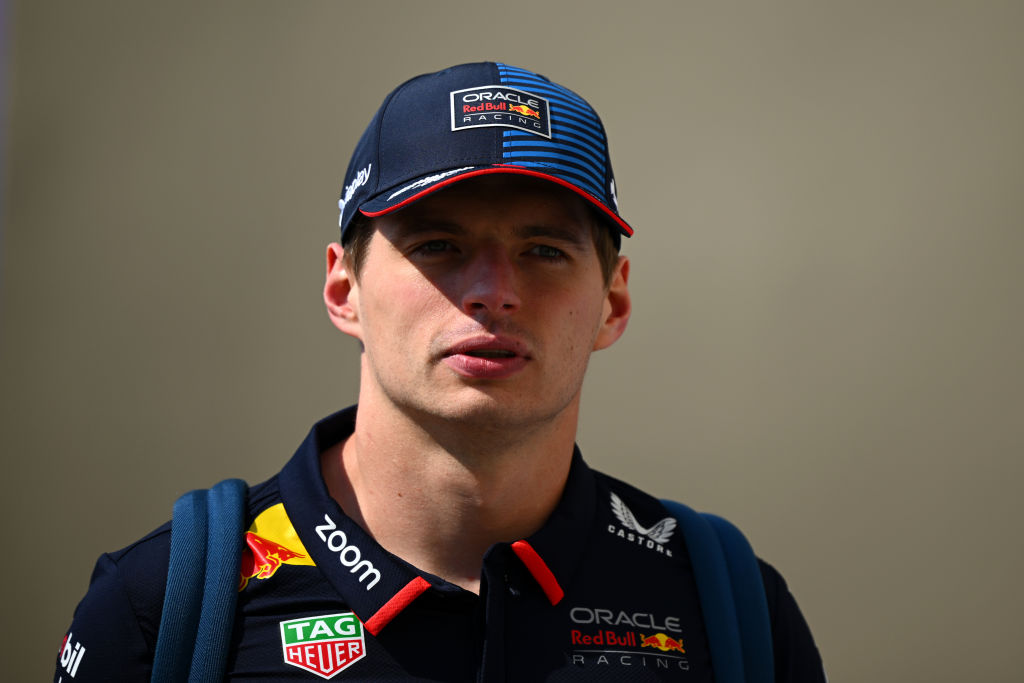Motorsports have traditionally required substantial financial investment, with aspiring drivers often spending significant amounts on karting to get a foothold in the industry. However, four-time Formula One champion Max Verstappen sees potential for transformation through sim racing, a digital representation of real-world racing that minimizes the financial hurdles generally associated with the sport.
The Evolution of Sim Racing
Sim racing has matured into a legitimate breeding ground for talent. It incorporates detailed vehicle setups and tire management, closely mirroring the complexities of real racing without the hefty financial burdens typically involved. Verstappen, a dedicated sim racer, asserts that the most skilled drivers in these virtual environments deserve a chance to compete in real vehicles.
Max Verstappen’s Vision
Verstappen has articulated a vision where he aims to establish a racing team that integrates top-tier sim racers with professional drivers. He acknowledges that while sim racers may lack firsthand experience of G-forces, he believes that proper training and coaching can effectively close this gap.
Connecting Virtual and Real Racing
The dual benefits of sim racing have personally influenced Verstappen’s own skills behind the wheel. He emphasizes the competitive nature of digital racing, explaining to The Athletic, “Everyone always thinks that it’s just a game and it’s fun, easy going, but I would say the competition is just as hard, or even harder, to nail — to win — than in real life.”
Conclusion
Verstappen’s innovative approach highlights the potential for sim racing to evolve traditional motorsports, offering a pathway for emerging drivers to showcase their talents without the need for extensive financial backing.

